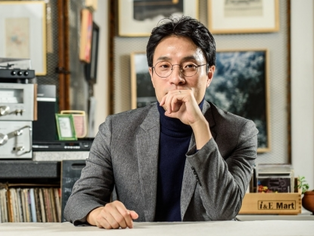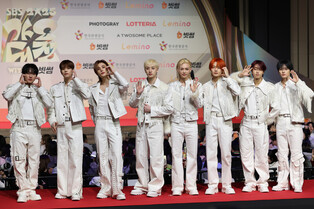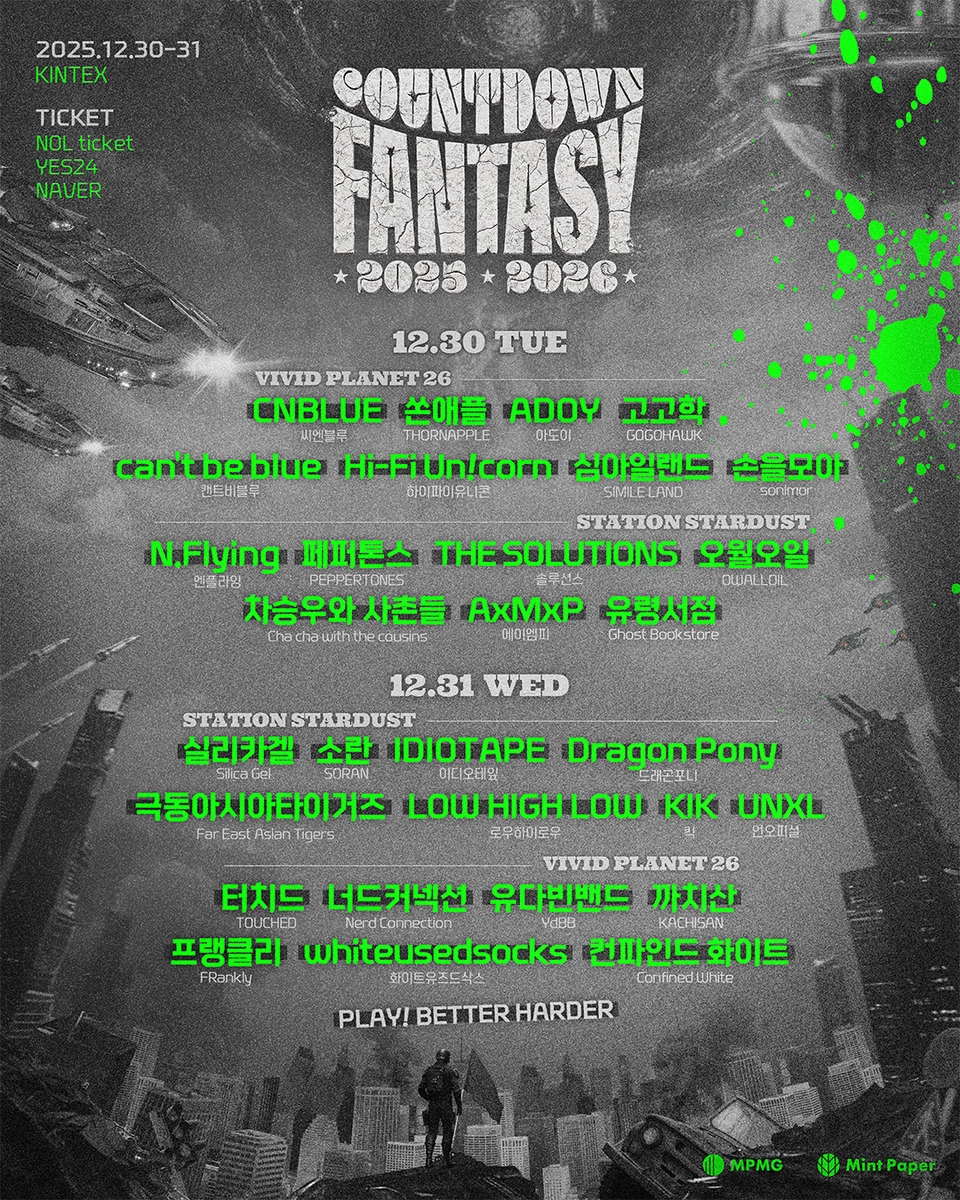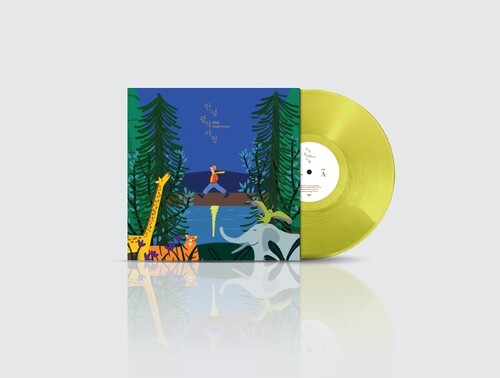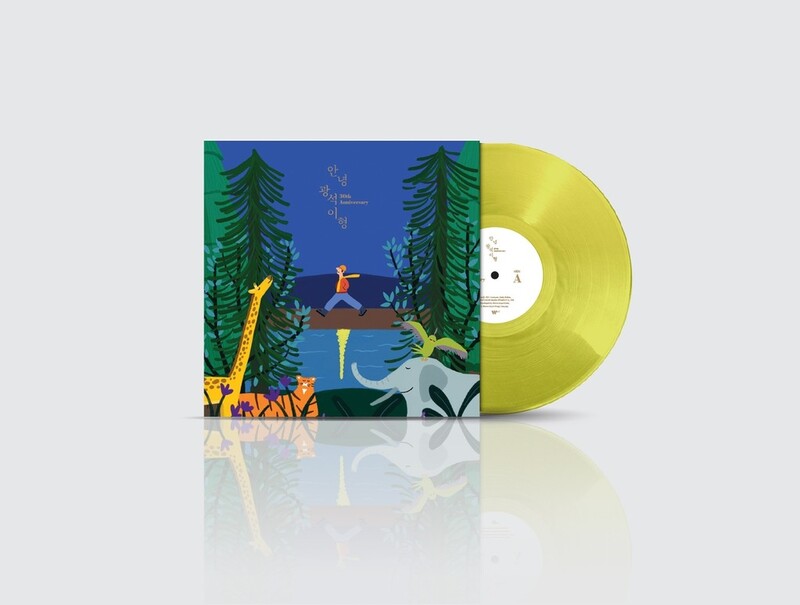 |
| ▲ This image, provided by the National Palace Museum of Korea, shows the painting of kitchen preparations for a royal banquet during King Seonjo's Reign. (PHOTO NOT FOR SALE) (Yonhap) |
SEOUL, Nov. 19 (Yonhap) -- The royal meals of the Joseon Dynasty featured an array of dishes crafted with the finest ingredients sourced from across the nation, served with meticulous care.
Each meal included staples like white rice and red bean rice, accompanied by a variety of side dishes prepared from meat, vegetables, and seafood.
On auspicious days, food was presented in elaborate arrangements adorned with flowers, while grand feasts sometimes featured up to 60 different side dishes.
To shed light on this rich culinary tradition, the National Palace Museum of Korea, in collaboration with the Royal Cuisine Cultural Foundation, will host a special exhibition titled "Royal Cuisine: A Table of Respect and Sharing."
The exhibition, open from November 20 to February 2, will showcase over 200 artifacts, including historical records, paintings, and culinary tools that reflect the essence of royal dining.
A museum official noted, "Royal cuisine was not just sustenance for the king and royal family but also a means of governance, reflecting the lives of the people through the ingredients sourced from all regions of the country."
The exhibition delves into the process of procuring seasonal ingredients from various provinces. During the late Joseon period, provinces such as Gyeonggi, Chungcheong, Jeolla, Gyeongsang, and Jeju sent tribute items to the royal court, with Jeju famously contributing citrus fruits.
Visitors can also explore the operations of the royal kitchen, Sura-gan, and the roles of royal chefs, suk-su. Displayed items include wooden cutting boards, knives, ladles, and depictions of bustling kitchen scenes. Recipes recorded by palace attendants and royal banquet documents, known as uigwe, provide insight into the diverse dishes and ingredients of royal meals.
 |
| ▲ This image, provided by the Royal Cuisine Cultural Foundation, shows a miniature model of the "chomi" platter from the 1892 royal banquet. (PHOTO NOT FOR SALE) (Yonhap) |
The museum clarified that the widely recognized 12-dish royal table became prominent during the late Joseon period under King Gojong and King Sunjong. Before then, a typical royal table usually featured about seven side dishes.
The exhibition also highlights meals prepared during royal funerals and celebratory banquets, such as weddings, royal birthdays, and crown prince investitures. Notably, it revisits the 1892 banquet held at Gyeongbokgung Palace to celebrate King Gojong's 30th year on the throne and his 41st birthday, where attendants served nine rounds of beverages and appetizers, amounting to 63 unique dishes.
A reconstructed model of a banquet table from 132 years ago, overseen by Han Bok-ryeo, a designated holder of the Joseon royal court cuisine heritage, will be a key attraction. The exhibition also introduces the tradition of sa-chan, where food and drinks were shared with others after the banquet as a gesture of goodwill.
The museum will unveil its newly renovated second-floor permanent exhibition halls on November 20. The revamped sections, "Joseon Kings" and "Royal Life," feature 450 royal artifacts, including the UNESCO-listed Royal Seals and Books of the Joseon Dynasty and tiles excavated from Gyeongbokgung Palace.
The "Royal Life" section showcases the queen's quarters, offering a glimpse into her life from coronation to motherhood and her later years as the queen dowager, supported by immersive multimedia displays.
A museum representative expressed hopes that the exhibition would illuminate lesser-known aspects of royal cuisine and inspire a deeper appreciation for Korea's royal heritage.
(C) Yonhap News Agency. All Rights Reserved







